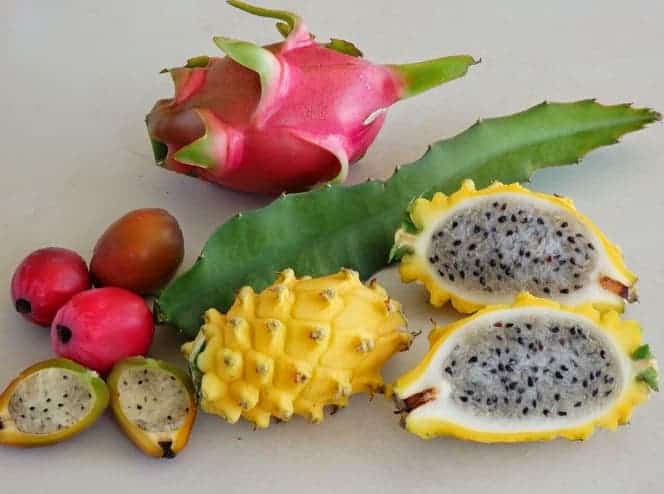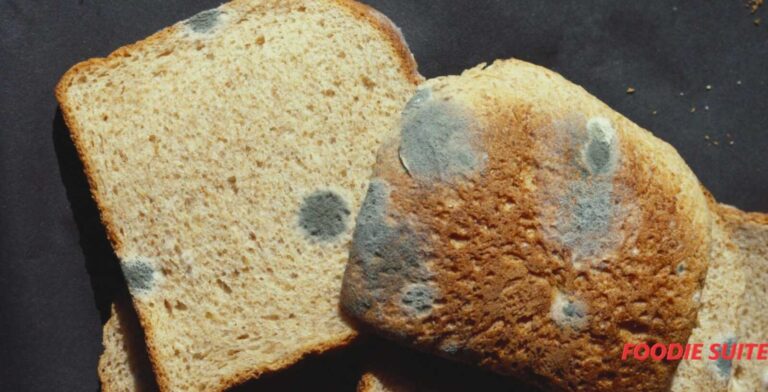How to make preserved lemons easily!
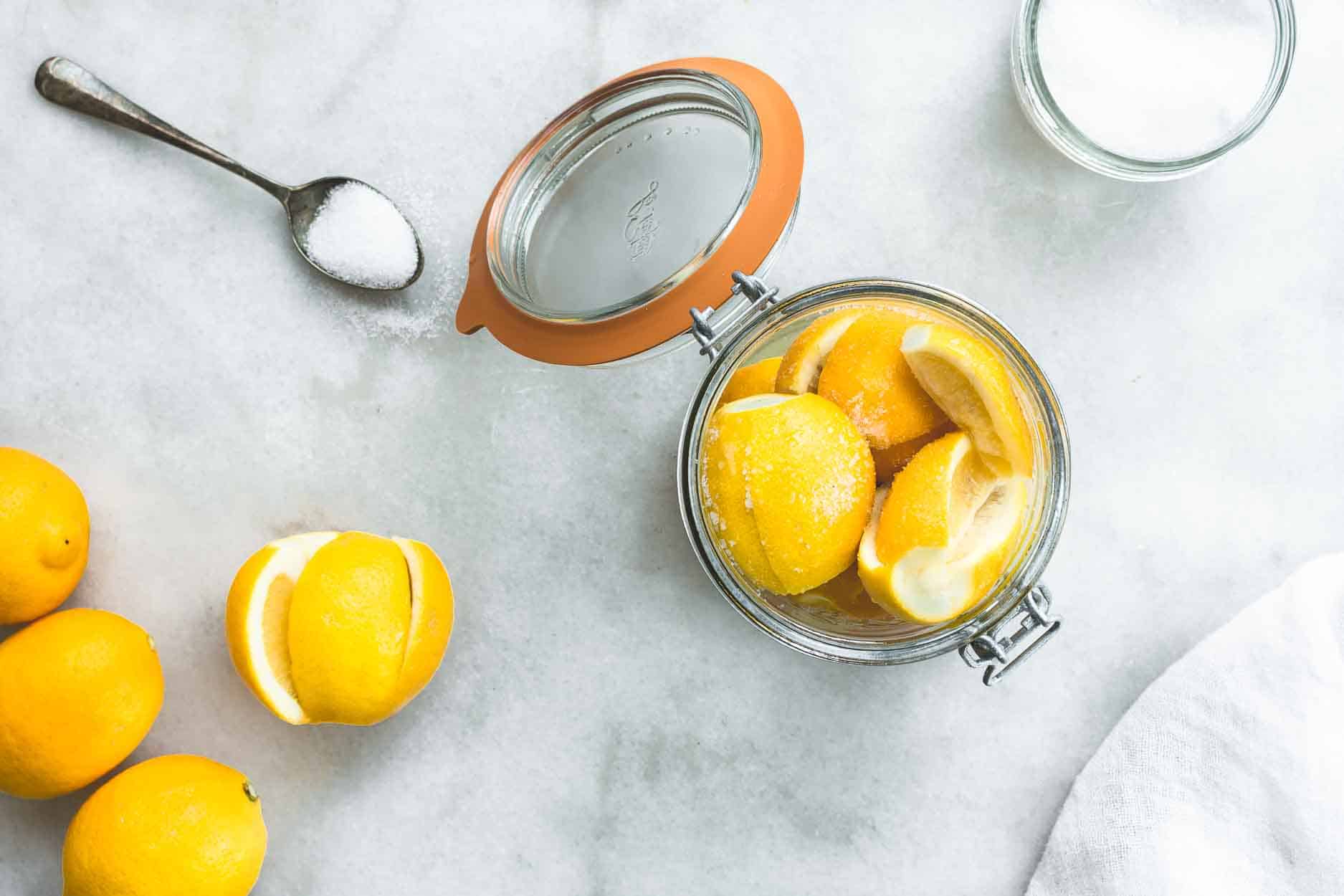
How to make preserved lemons. You can easily produce the greatest preserved lemons at home with the help of this simple step-by-step guide! From your lunchtime sandwiches to stews, tagines, and more, you can use them to add brightness, acidity, and flavor!
How to prepare preserved lemons (pickled lemons) in about 15 minutes using salt and lemons as the only ingredients. After being cured, use these flavor bombs to enhance the depth and brightness of sauces, stews, salads, and more!
I’ve grown to love the craft of preserving over the past few years.
So now it’s time for the really easy preserved lemons (also known as pickled lemons) method, which you can use to make pickled red onion, pickled green tomatoes, refrigerator pickled garlic (plain or spicy), and even ferments like this honey fermented ginger and lemon!
How to make preserved lemons
If you’re not acquainted with how to make preserved lemons, preserved lemons are a common ingredient in Moroccan and North African cuisine. They are essentially “brined” lemons that have been cured in salt and lemon juice for many weeks to produce a smooth, fragrant condiment.
The preserved lemon flesh, peel, and salty “syrup” can all be utilized in cooking to enhance flavor and brightness.
Fresh lemons and salt are the only materials needed for Preserved Lemons, which only takes around 15 minutes of real hands-on effort and 1-2 weeks of “preserving” time with a significant reward. Believe me.
We have had access to the most exquisite local citrus fruit while spending the winter.
They are prevalent in Moroccan cookery and may be found throughout North African culinary customs. They are frequently combined with chicken or fish or added to gently cooked, fragrant tagines.
What are they like to eat?
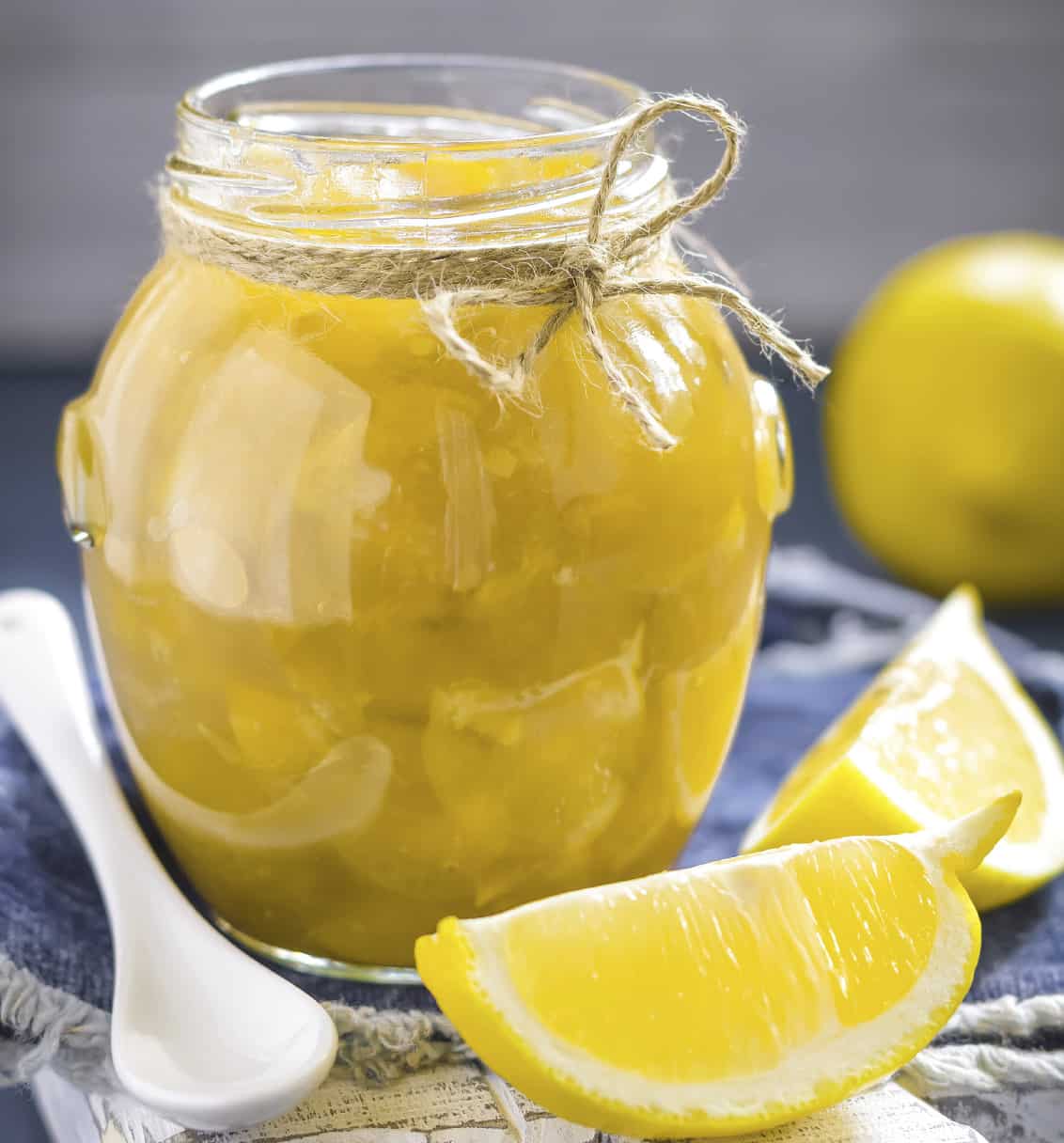
Preserved lemons’ bright, salty, and lemony flesh can be used in sauces or vinaigrettes. Even if the meat is agreeable, the rind is especially prized since it loses its sharpness during fermentation and has a pleasantly acidic, salty, flowery flavor that goes well with various foods.
How Are Lemons Preserved?
In traditional Moroccan cookery, preserved lemons are frequently employed. They are typically utilized to give tagines and rice dishes a little acidity and sweetness. Then what are lemons that have been preserved? Or How to make preserved lemons?
A whole lemon is quartered or left whole and stored for at least two weeks or up to a year in a refrigerator with spices and salt (spices like bay leaves, cinnamon sticks, and peppercorns). Some chefs prefer to use sugar and fresh lemon juice in the curing concoction.
Over time, the salt curing process softens the lemon’s peel and transforms its bitter flavor into a pleasantly bright, lemony flavor. Lemons will become less bitter the longer they are allowed to cure.
How to make preserved lemons: Requisites for making preserved lemons
- Lemons: However, not all lemons are made equal. Meyer lemons with little, thin skins are my favorite.
- Salt: Likewise, not all salt is made equally.
- An uncontaminated glass jar: Depending on how many lemons you wish to preserve, choose the appropriate jar size. The jar will hold more lemons than you anticipate since the lemons will be compressed and packed firmly. In order to stop the acidity from oxidizing (rusting) the lid, I prefer a jar with a rubber gasket like this.
- A big wooden spoon: The lemons will need to be squeezed in order for their juices to start covering them and to make way for additional lemons.
Any of these tools will do, but I find the muddler to be the most user-friendly.
How to make preserved lemons | Advice on Preserving Lemons
- You must first choose your lemons if you want to produce Moroccan-preserved lemons.
- Lemons with thin skin, like Meyer lemons, perform particularly well since they cook more quickly than lemons with thick skin because the rind doesn’t need as much time to soften and release its bitterness.
- Use lemons with thin skin, like Meyer lemons. They’ll ferment faster than thick-skinned lemons and lose their sharpness sooner.
- Just the nubs at either end should be removed from the lemons since the ends can continue to be bitter long after the remainder of the lemon is done.
- They need to be sliced in a certain way. Lemons may be sliced or quartered, but to prepare preserved lemons, you must slice them like you would quarter them while keeping the segments attached. You can then salt the cavity as a result.
- To assist avoid the growth of mold, use an airtight container. Even more beneficial are a fermentation seal and a weight to keep the lemons submerged.
Four Uses for Preserved Lemons
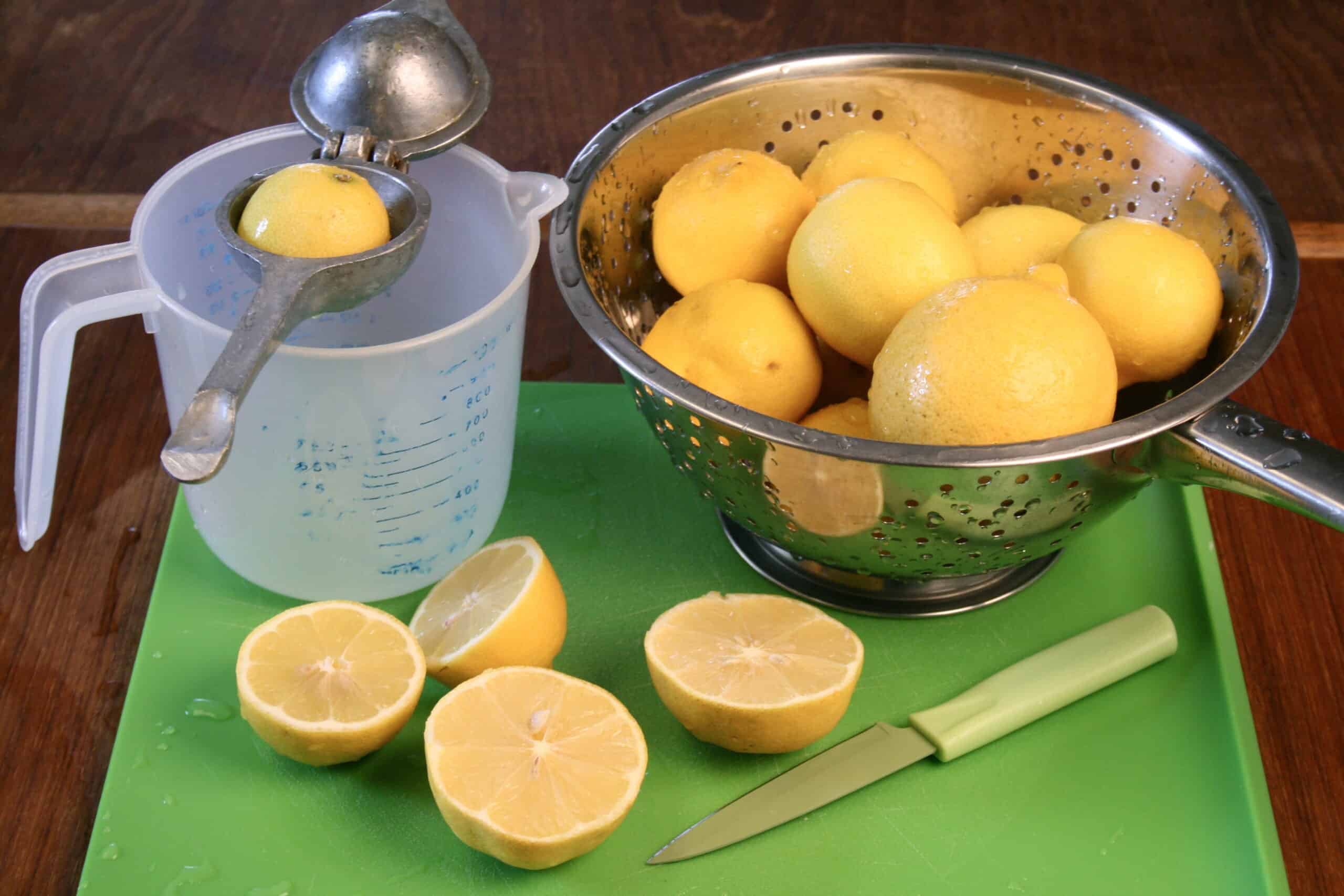
The Middle Eastern and Mediterranean cuisines frequently use preserved lemons. How to make preserved lemons? There are several methods to use lemons in your regular cooking, while they are most commonly connected with Moroccan chicken tagines:
A garnish
Chopped lemons are a common addition to the line-up of condiments that come with many meals in some families. Cut up a few pieces for convenient tasting and put them in a bowl.
Additionally, you may combine the condiment with freshly chopped herbs to make salsa verde or chimichurri or add it to side dishes like Indian yogurt relish raita and olive tapenades.
An addition:
Add a drizzle of olive oil and thinly sliced or chopped preserved lemon pieces to toast and tartines for a finishing touch. Their tart, salty taste highlights creamy, savory foods like mashed avocado or soft cheese like ricotta. Alternately, use them to decorate a bowl of hummus, a Middle Eastern chickpea dip.
To add flavor
Brighten up soups, stews, and marinades by adding them to salad dressings and vinaigrettes. The rest of the recipe’s salt content may need to be adjusted because preserved lemons naturally add more salt. When necessary, taste and adjust.
In a drink (cocktails)
Add some of the pickling liquid to mixed cocktails like Bloody Mary, which go well with a punch of funk and salt, or add a garnish of preserved lemon to your drink.
Read More: lemon..12 amazing benefits of lemon you didn’t know


